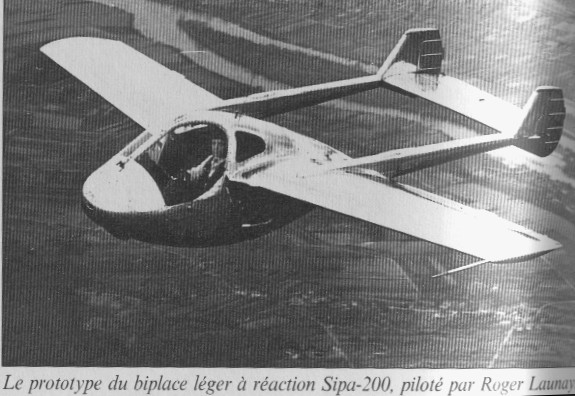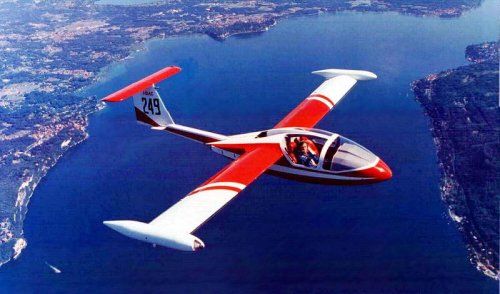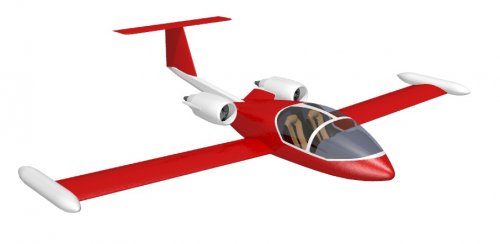Today there are a number of relatively lightweight and efficient small turbofans available for the VLJ market, but that market itself is stymied by the economic crisis and the backlash against business aviation.
I wonder if any of the aircraft companies or the engine manufacturers themselves are looking at alternative applications for the Williams FJ-33 and FJ-44, PWC PW600, etc.?
When I look at those engines, I have visions of small, lightweight, all-composite military aircraft, perhaps modern updates of straighforward designs like the Folland Gnat or more radical concepts like VTOL with multiple lift engines, tailsitters, etc. Of course, those engines have probably already been applied to UAVs.
Does any know of any such proposals, projects or prototypes to adapt the VLJ engines to other applications, military or otherwise?
Cheers,
Matthew
I wonder if any of the aircraft companies or the engine manufacturers themselves are looking at alternative applications for the Williams FJ-33 and FJ-44, PWC PW600, etc.?
When I look at those engines, I have visions of small, lightweight, all-composite military aircraft, perhaps modern updates of straighforward designs like the Folland Gnat or more radical concepts like VTOL with multiple lift engines, tailsitters, etc. Of course, those engines have probably already been applied to UAVs.
Does any know of any such proposals, projects or prototypes to adapt the VLJ engines to other applications, military or otherwise?
Cheers,
Matthew



